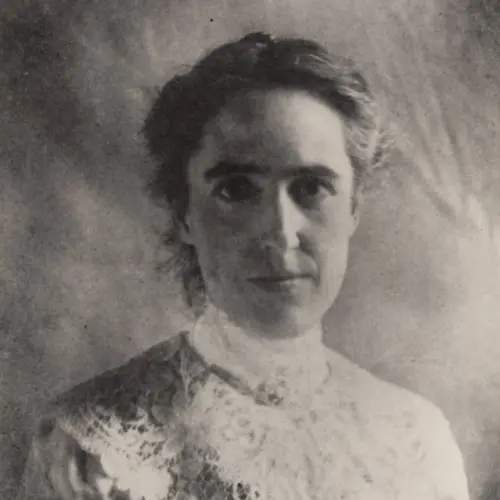Edwin Hubble's 1923 discovery of the Andromeda Galaxy’s true nature marks a pivotal moment in the history of astronomy. From a universe limited to the Milky Way, Hubble's work propelled us into a vast cosmos teeming with countless galaxies. As we celebrate the 100th anniversary of this revolutionary event, we honor Hubble's enduring legacy and his contributions to unraveling the mysteries of the universe.
In the early 1920s, the astronomical community was steeped in a lively discussion about the vastness of the cosmos. This disagreement was significant enough to be the subject of a public debate in Washington, D.C., in which astronomers Harlow Shapley, and Heber Curtis verbally sparred over whether so-called “spiral nebulae” were part of the Milky Way or independent galaxies. Hubble’s 1923 discovery definitively answered this question, although it took just over a year for him to report it to the American Astronomical Society.
Hubble’s discovery hinged on finding a Cepheid variable star, which earlier research from Harvard University “computer” Henrietta Swan Leavitt had shown could be used to calculate astronomical distances. By finding such a variable, Hubble knew he could determine the distance of this object. Although often described as reserved or taciturn, Hubble’s excitement at the observation was palpable, using a rare exclamation point to remark on the variable star’s existence, forever memorializing this critical moment in the history of astronomy.

Plate H335H – Commonly referred to as the VAR! Plate
The letters N mark Novae, stars marked by Hubble as new when compared with earlier plates. The first Cepheid variable discovered has its letter N crossed out and is marked "VAR!," showing that Hubble initially thought it was a nova, but eventually found that it varied in brightness like a Cepheid.
Using the Leavitt Law, Hubble was able to calculate that this variable star existed outside the boundaries of our own Milky Way and was, in fact, part of what we now know as the Andromeda galaxy. This groundbreaking find shattered the prevailing belief in a relatively small cosmos, effectively marking the discovery of the universe.
Hubble would go on to make several more major contributions to our understanding of astronomy, most significantly in 1929 when he showed that the universe is expanding, which led to the development of the Big Bang theory—one of the cornerstones of modern cosmology. Since that time, many astronomers—including some Carnegie luminaries—have honed in on a definitive calculation of the rate of expansion, named the Hubble Constant, in honor of his initial breakthrough.
Edwin Hubble’s work and his historic VAR! plate remains an iconic symbol of humanity's quest to comprehend the vastness of space and continues to inspire astronomers to explore the universe's most profound mysteries.

Henrietta Leavitt
Hubble's ability to determine the distance to the Andromeda Galaxy was made possible by the pioneering work of Henrietta Leavitt, a Harvard computerist. Her research established the relationship between the variable period of cepheid stars and their luminosity. Hubble acknowledged her vital contributions, recognizing that his groundbreaking measurement wouldn't have been achievable without her work from a decade earlier.
Read More